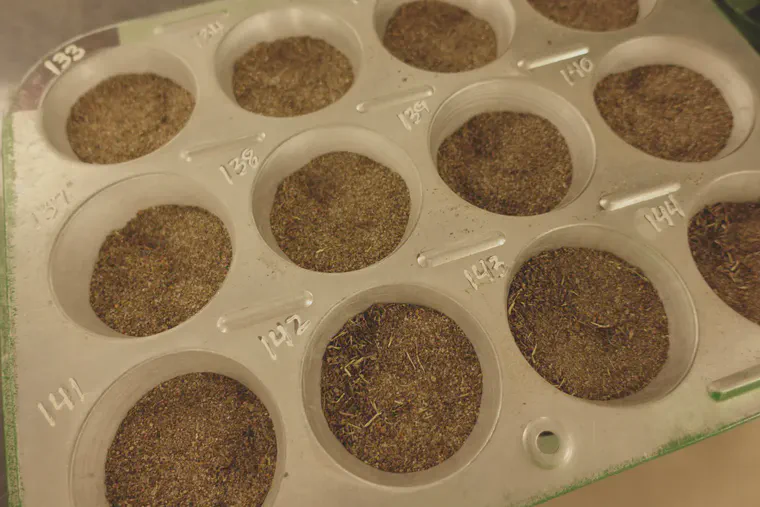MLSN and correcting soil "deficiencies"

A correspondent wrote with an inquiry about MLSN.
The question
I was listening to your podcast regarding the MLSN nutrition method as I’ve begun using it at my golf course in […]. It’s still new to me and a little confusing, and I was particularly interested in your research about how Japanese golf courses are applying more nutrients than necessary compared to Nitrogen applied.
The one thing I’m a little confused about is how you correct deficiencies? I often have deficiencies in my soil tests with potassium, calcium and magnesium. An example of this would be a calcium recommendation of 500 kg/ha of gypsum [about 450 lbs/acre] to correct the deficiency or 105 kg/ha of actual calcium [about 94 lbs/acre].
If I’m only applying 120 kg/ha of Nitrogen per year [about 2.4 lbs/1000 ft2] then I’m assuming that the plant can’t use this amount of calcium? Therefor how do I correct my calcium deficiency to get it back to where it needs to be?
I responded with this, and eventually ended up putting the word deficiency in quotation marks.
My response
Regarding how you correct deficiencies, this is something related to the soil test interpretation.
If you use MLSN for soil test interpretation, the result of the calculation will be a recommendation for an amount of nutrient that is certain to be enough to meet all the grass and soil requirements.
Regarding the example of calcium, the “deficiency” is apparently calculated by a different method, and it seems you are assuming that the “deficiency” is real.
If you are using 120 kg/ha of N per year, then the grass use of Ca would be about 1/8 of that — figure that the grass will use about 15 kg of Ca/ha (that’s about 0.3 lbs Ca/1000 ft2).
Regarding the “deficiency”, if you are using MLSN you would calculate that based on the MLSN method, not based on what a conventional soil report says. With MLSN, you take the expected plant use, which is 15 kg, add that to the amount of Ca we’d like to keep untouched in the soil, which for a 10 cm deep rootzone is going to be about 490 kg/ha, and subtract from that the soil test Ca amount.
In the case of Ca specifically, I’m not terribly concerned about a deficiency unless one gets well below 490 kg/ha, and I like to consider how much Ca is in the irrigation water too. There can be a lot of Ca in the irrigation water.
I didn’t elaborate any further in my reply, but there seems to be something wrong with the soil test interpretation if it is often finding deficiencies in calcium, magnesium, and potassium. And when the annual recommendation of an element is 7 times more than the plant can use, that’s also an indication that there may be something quite wrong with the interpretation.
I’ll recommend watching this short case study about implementing MLSN from Carl Schimenti at Cornell University. The case study shows what a huge difference there can be between conventional recommendations and the recommendations generated by an interpretation of test results using MLSN.
I also did not mention in my reply about considering where the recommendation is coming from. It can be helpful to consider whether the fertilizer recommendation is coming from a company that is also selling the fertilizers being recommended.